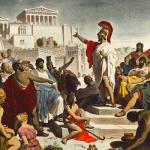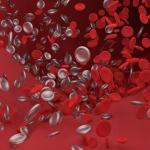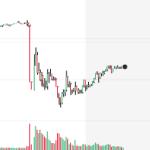Six weeks of endless speculation, guessing, second-guessing, ups, and downs about whether the world would have its first effective coronavirus drug has been exhausting. I see the damn molecule in my sleep.
COVID-19
For social and economic reasons, the lockdown simply cannot last much longer. As the country begins to reopen, there will be several major unanswered questions, perhaps the biggest of which is, "Will there be a second wave of COVID-19?"
Let’s begin with a few facts, extrapolating as necessary. According to the CDC’s statistics on deaths in the United States, seasonal flu is an equal opportunity killer.
Like democracy, everybody wants to be on the side of science.
When I saw the headline about a flight packed with terrified passengers I didn't even need to read much further to find out which airline was the culprit.
As we move towards reducing social distancing, the leading metric is the rate of new infections, hospitalization, and deaths that follow infection are lagging indicators.
The world got a taste, albeit, a premature taste, of some bad news this afternoon.
I'm continually struck by what our species is capable of.
Gilead Science is the Tom Brady of the antiviral research world. No other company even comes close.












